In a time when many nonprofits are struggling to sustain year-over-year support — and donors seek more transparency about where their money goes — a small church just north of Chicago has quietly built a model of grassroots philanthropy that’s helped dozens of local organizations not just survive, but thrive.
Kenilworth Union Church’s approach might look modest from the outside, but its structure offers lessons that reach far beyond the parish walls: consistent funding, embedded volunteerism, and deep, accountable relationships with the people behind the work. As the church prepares to celebrate its 25th Annual Outreach Benefit on April 25 — bolstered by a matching grant opportunity from the Make It Better Foundation that will double the impact of every donation up to $25,000 — its story offers a meaningful example of how faith communities can become powerful engines of sustained, local impact.
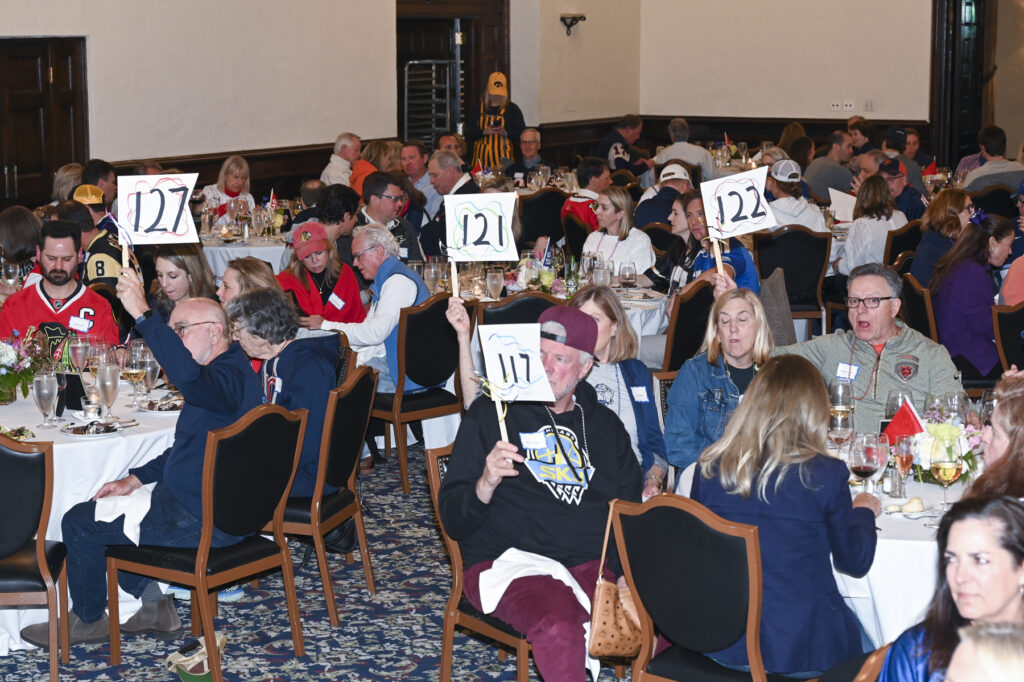
A Grassroots Funding Model That Goes Beyond the Check
Unlike traditional grantmaking, the church’s Outreach model integrates both financial and human capital, It regularly contributing money and time to over 30 organizations that provide vital care, food, and shelter for those in need of child care, family services, education, and much more, with annual grants ranging from $5,000 to $20,000.
But it’s not simply that the church boasts a congregation with deep pockets. Equally important is the relational infrastructure: each nonprofit is paired with at least two parish liaisons who maintain active engagement year-round, staying in close touch with the managers to see their work in action.
The Power of Personal Connection
The liaisons don’t just monitor budgets — they meet in person, understand operational needs, and report back to the congregation.
“They visit their offices, they learn about their challenges and their financial situation, and it gives people more of a hands-on way to give back,” says Denise Akason, co-chair of Outreach at the church. The liaisons prepare agency reviews and present them to the Outreach Committee to help them make funding decisions. They share stories of what they’ve seen and the outreach’s impact at services with Minute for Mission presentations to the congregation.
One organization the church supports is WINGS, which provides housing, integrated services, education and advocacy to end domestic violence. In its children and family services program, families that come in for support receive an advocate, and each child gets their own children’s advocate. “The advocates help them with counseling and all the services that they need,” says Rebecca Darr, the president and CEO of WINGS. The children’s advocates also help the parents understand how their children may have been affected by any abuse or trauma they have witnessed. The church’s donations help fund the salaries of the children’s advocates.
“It’s not like we’re just sending in a grant application, and they’re sending a check, with no opportunity for the church members to get to know who was receiving the funds,” says Darr. “Because each grantee has a champion who is reporting back to the rest of the community, the impact that that grant is having and the ripple effect of that.” The liaisons tell the congregation how the parishioners funded the children’s program, and how the children who were in the safe house are safer and feel happier than when they came in. “We can report that out with metrics, with observational data, but also with the children who can self-report how they’re feeling in terms of safety and in terms of just being stable and not having to be scared all the time.”
Community mental health center Josselyn is another organization the church supports. “About 88% of our clients are low income, and we offer a sliding fee scale for people that may have insurance, but their co-pays or their deductibles are so high that they wouldn’t be able to engage in therapy,” says Susan Resko, Josselyn’s CEO and president. “We need to fundraise to make up the difference for what insurance doesn’t cover.”
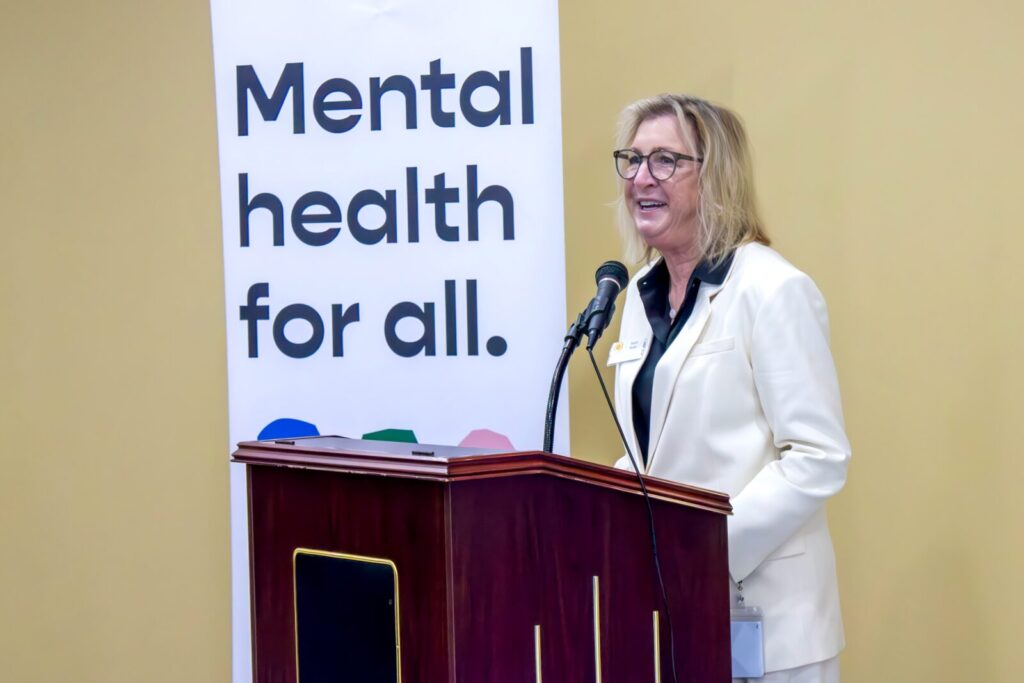
From the Pew to the Program: How Congregants Drive Change
Often, a congregant proposes a new potential advocacy relationship with an organization they already have a relationship with. Darr says that parishioner John Pajasek connected WINGS with the church because his mother, Rita Canning, helped build and open the first domestic violence shelter in Northwest Cook County. “He recognized how many children we have, so he asked about the need for a grant to help the Children and Family Services Program,” says Darr. “What really touched the church and its members is that they could affect change for children who have been traumatized.”
Why Centralized Giving Works
Parishioners give to the parish fund instead of directly to the organizations due in part to the Outreach’s management, which includes a CFO who handles financial reporting and disbursements. “We have oversight of how the organization is operating, if their metrics are appropriate for a nonprofit,” says Akason. The list is maintained and curated depending on whether organizations reach a revenue size where church donations won’t make much of an impact or if a liaison steps away and cannot serve as a connection.
Volunteering Builds Trust — and Skills
The parishioners benefit as well from the close relationships with the groups they work with and volunteer in person, from running rummage sales and coat drives for WINGS, working at a soup kitchen for the group A Just Harvest, or assembling furniture for Humble Design which benefits people emerging from homelessness. Josselyn’s staff have shared mental health training with parishioners, providing parents and children information on Mental Health First Aid. Resko notes that about 40% of their client base is under 29. “It’s so hard to find the words to reach out. We help people learn how to do that,” says Resko.
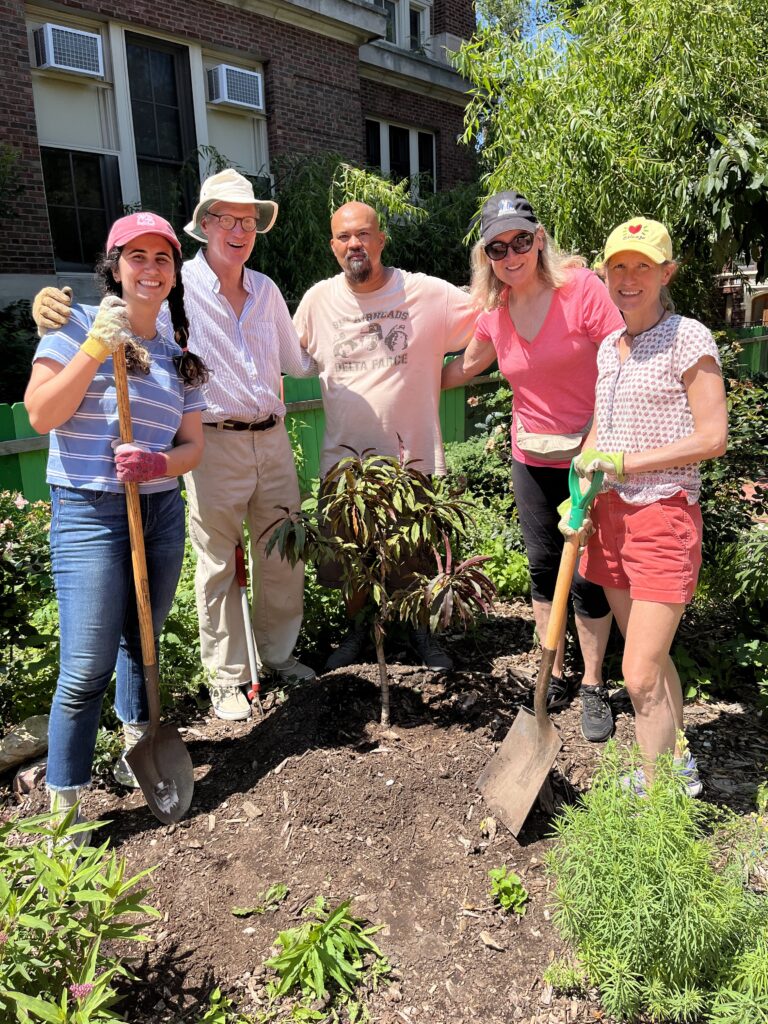
A Model for Collective Impact
“Kenilworth’s model is good because they’re connected to what they’re supporting, says Darr. “Even though parishioners are not directly giving to the organizations themselves, they’re making that collective impact and getting reports back on what their collective impact is doing. I think that it results in a higher level of giving and more money that they can give to different organizations and make a larger ripple.”
Resko is particularly excited about this year’s benefit, having served as its co-chair 25 years ago. At the party, she says, “There’s a feeling in the air where people feel good about the organizations being supported. It’s got a great vibe.”
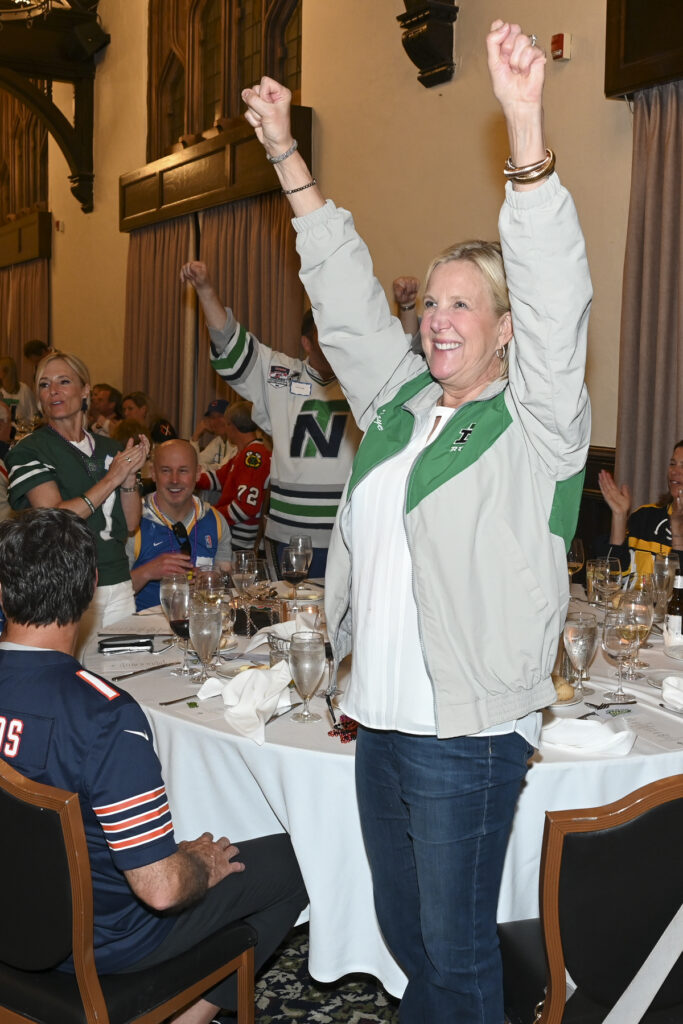
How to Help: Donate Now and Double Your Impact
The Make It Better Foundation is currently matching all donations to Kenilworth Union Church’s Outreach Fund up to $25,000, with 100% of funds going directly to nonprofit partners providing critical services across the region. To further support the cause, you can attend Kenilworth Union Church’s 25th Annual Outreach Benefit on April 25 — an evening of dinner, drinks, and auctions — or view Kenilworth Union Church’s calendar to participate in an upcoming service opportunity.

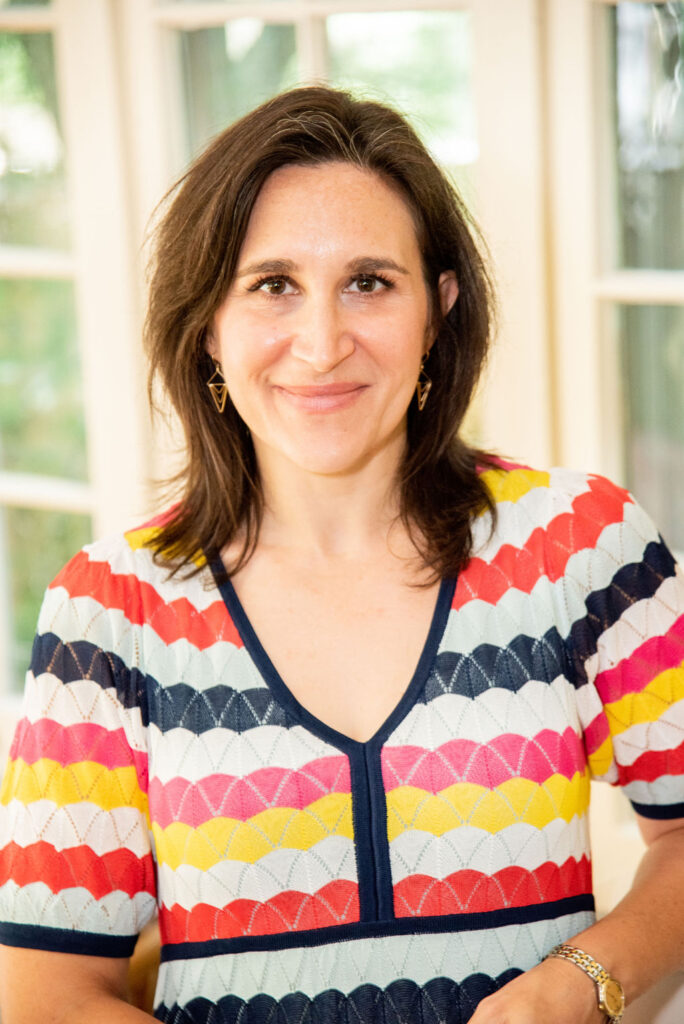
Claire Zulkey is a writer based in Evanston, IL, where she was born and raised. Her writing has appeared in local publications like Block Club Chicago, the Evanston Roundtable and Chicago Magazine as well as national publications like the New York Times, Wall Street Journal, and the Atlantic.

